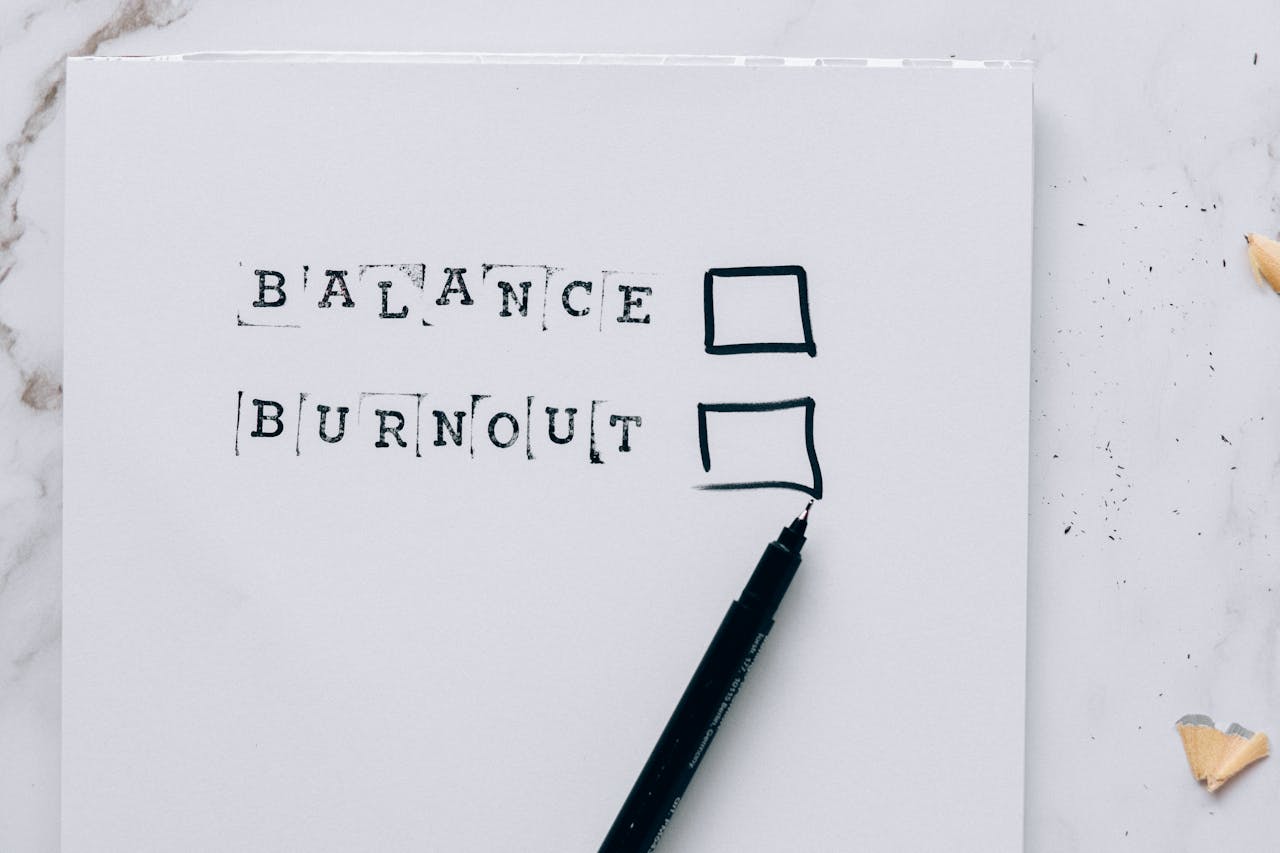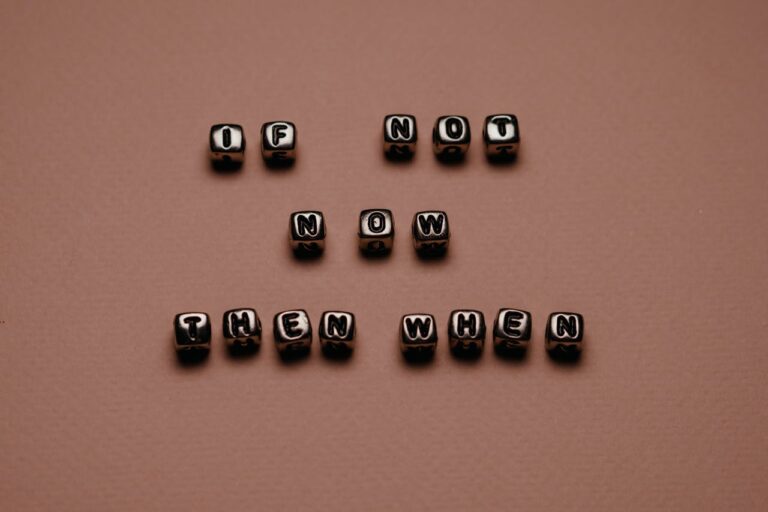Write Us: hello@ali5.org
Decision Fatigue Is Real: Here’s How to Beat It
Decision fatigue drains your focus and energy. Discover simple ways to reduce daily choices, stay sharp, and boost mental clarity throughout your day.

Let’s be honest. Most of us wake up and our brains are already juggling five things: what to wear, what to eat, whether to check emails or ignore them, which task to start first, and on and on. By the time evening rolls around, even choosing what to have for dinner feels like climbing Mount Everest. That, right there, is decision fatigue.
It’s not just being tired. It’s mental burnout from making too many decisions in a day. And yes, it messes with your focus, productivity, and even your mood. But the good news? You don’t have to live at the mercy of your overworked brain. You can beat decision fatigue. Here’s how.
What Exactly Is Decision Fatigue?
It’s the idea that the quality of your decisions deteriorates after a long session of decision-making. The more choices you make, the harder each one becomes. Eventually, you either start making poor choices or avoiding decisions altogether.
It’s why you might impulse-buy junk food at night, scroll mindlessly for hours, or skip a workout you had planned. Your brain is simply out of gas.
Signs You’re Dealing with Decision Fatigue
Before you fix it, you need to spot it. Here’s what decision fatigue looks like in real life:
-
You feel mentally drained for no obvious reason
-
You procrastinate more than usual
-
You can’t decide between even basic options (e.g., what to eat, what to wear)
-
You second-guess your choices constantly
-
You default to whatever’s easiest, even if it’s not the best option
-
You get irritable, impatient, or overwhelmed easily
If this sounds like your regular Tuesday, let’s fix it.
1. Limit the Number of Decisions You Make
Here’s the thing: not all decisions are worth your brainpower. Steve Jobs wore the same black turtleneck every day, not because he lacked style, but because he didn’t want to waste brain energy deciding what to wear.
You don’t have to go full minimalist, but consider this:
-
Plan your meals for the week in advance
-
Set a daily uniform or rotate 2–3 go-to outfits
-
Automate routines like workouts, grocery orders, and bills
The fewer trivial decisions you make, the more energy you’ll have for the ones that actually matter.
2. Make Big Decisions Early in the Day
Your willpower and mental clarity are strongest in the morning. That’s when you should schedule tasks that involve complex thinking, planning, or problem-solving. If you need to review a big contract, have a difficult conversation, or start a new project, don’t push it to the afternoon.
By 5 p.m., your brain’s like a phone on 5% battery. Don’t expect peak performance.
3. Create a Default Setting
When in doubt, go with your preset. Set up systems so that when your brain gets lazy, your life doesn’t fall apart. For example:
-
Default breakfast: A healthy, simple go-to meal you don’t need to think about
-
Default workout days: “Mondays = upper body. Tuesdays = cardio.” Done.
-
Default work schedule: Block specific hours for focused work, emails, meetings, etc.
This removes the burden of choice and keeps you moving even when your motivation dips.
4. Reduce Your Digital Clutter
Endless scrolling, constant pings, and 50 open tabs drain your focus like a leaky faucet. Each time you decide whether to click or ignore something, that’s another drop gone.
Try this:
-
Turn off non-essential notifications
-
Close tabs you’re not using
-
Use “Do Not Disturb” blocks during deep work
-
Keep your phone out of sight when you’re trying to concentrate
Digital minimalism is not about deleting all your apps. It’s about being intentional with how you use tech—so it helps, not hurts, your focus.
5. Pre-Decide with Checklists and Templates
Ever walk into the grocery store for three things and leave with thirty? That’s decision fatigue in action. You had no plan.
Create templates for stuff you do often:
-
Grocery list templates
-
Morning and evening routines
-
Daily task checklists
-
Email response templates
That way, when your brain is foggy, you’re not reinventing the wheel. You’re just following a path you already made.
6. Take Breaks (Real Ones)
Decision fatigue gets worse when you power through without rest. Your brain is like a muscle; it needs recovery time.
The fix? Step away.
-
Take short breaks every 90–120 minutes
-
Go outside, stretch, or just stare into space for a bit
-
Avoid jumping from one task to another with zero pause
The pause resets your brain. You come back fresher, more focused, and better equipped to make decisions again.
7. Eat, Sleep, and Move
These sound basic because they are. But they’re also your secret weapon.
-
Eat nourishing food to fuel brainpower
-
Sleep 7–9 hours so your brain can process and reset
-
Exercise regularly, even if it’s just walking, to improve mood and clarity
A tired, hungry, sedentary brain is more likely to short-circuit under pressure. Take care of the engine if you want it to run well.
8. Delegate and Outsource
You don’t have to do it all. If you live with family, a partner, or roommates, split the mental load. If you run a business, automate repetitive tasks or outsource parts of it.
Even small things like hiring someone to deep clean your space once a month or ordering groceries online instead of physically shopping can give you back hours of decision-making energy.
9. End the Day with Closure
A messy end to your day leads to a chaotic start the next morning. So wind down with a short routine:
-
Review what you accomplished
-
Write your to-do list for tomorrow
-
Shut your laptop, put your phone on silent, and walk away
This resets your mental space and prevents leftover tasks from haunting your sleep or draining your morning energy.
Final Thoughts
You’re not lazy. You’re tired of choosing between 100 things a day. That’s decision fatigue. The goal isn’t to eliminate all decisions, it’s to make fewer, better ones.
Give your brain some breathing room. Automate where you can. Create structure. Use your mornings wisely. And when in doubt, rest.
Because the more space you give your mind, the better it performs. And that’s how you take control back, not by doing more, but by choosing less.







